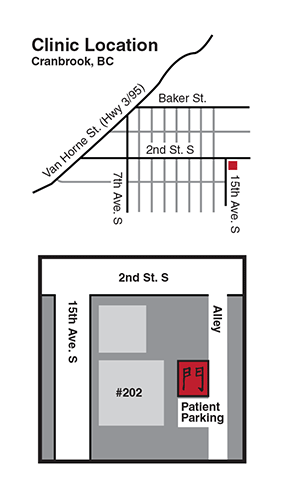Diabetes is a worldwide concern. Millions of people suffer or die from it and its complications. The rate at which it is increasing in the population is staggering.
According to the World Health Organization about 347 million people worldwide have diabetes. Deaths from diabetes will rise 50% in the next 10 years and by 2030 diabetes is expected to be the seventh leading cause of death worldwide.
In the US diabetes affects an astonishing 25.8 million people—8.3% of the population according to the National Diabetes Information Clearinghouse. Diabetes is the leading cause of kidney failure, non-traumatic lower-limb amputations and new cases of blindness among adults. It is a major cause of heart disease and stroke, and is already the seventh leading cause of death in the US.
While diabetes is widespread and the number of new cases rises every year, diabetes is not a new disease. Both Western Medicine and Traditional Chinese Medicine (TCM) have recognized it for thousands of years. Now science is beginning to examine the benefits of combining both of these medical philosophies to stop the spread of this disease.
History of Diabetes
In the first century A.D. a Greek physician, Aretaeus, described diabetic symptoms and named the disease “diabetes,” from the Greek word “siphon” because fluids were siphoned from the body. His treatment plan included oil of roses, dates, raw quinces and gruel—no doubt with mixed results.
The first major breakthrough for treating diabetes in Western Medicine occurred in 1921 with the discovery of insulin. In addition to insulin, Western Medicine uses a combination of diet, oral medication and lifestyle changes to treat the disease.
In TCM diabetes was first described in 2 classical Chinese medical books, dating approximately 2000 years ago. Around 100 B.C., the Nei Jing (a classic Chinese medical book) describes a disease called “Xiao Ke” or “wasting and thirsting disease.” It lists the symptoms as excessive hunger and thirst, frequent urination and rapid weight loss, describing these symptoms as a result of eating too much fatty, sweet or rich food.
Later, around 220 A.D., Jingui Yaoluem describes the symptoms of diabetes in another classic Chinese medical text. He gives 2 herbal formulas for treating it.
TCM and Western Medicine: Two Views of Diabetes
From a Western Medicine understanding, most of the complications from diabetes are the result of high levels of sugar in the blood damaging your organs and tissues. Its treatment plans involve regulating blood sugar levels to prevent the organ and tissue damage.
Traditional Chinese Medicine is slightly different.
According to TCM, diabetes is an imbalance of the flow of Qi. This imbalance produces heat, which depletes the body’s fluids and results in the typical diabetic symptoms, such as excessive thirst, unexplained weight loss, excessive urination, etc. The heat damages the spleen and pancreas and eventually causes damage to the kidneys.
A typical treatment plan will focus on regulating the Qi and balancing the organ systems to address heat and the depletion of fluids. Through the use of herbs and acupuncture, the heat is reduced, the organs are balanced and the pancreas begins to function normally again. As the organs become normalized, symptoms decrease and your blood sugar is regulated.
TCM and Diabetes Research
Although the two philosophies understand diabetes differently their treatments are very compatible. Science is beginning to study the effectiveness of TCM and how it can be used along with Western Medicine to create the most effective treatment plans.
In a study by Doctor Li Dong at the Dubai Wellbeing Center, scientists found acupuncture to be a viable addition to diabetic care with few side effects. In a different study by B.B. Abuaisha, J.B. Costanzi, and A.J.M. Boulton, patients with chronic painful peripheral neuropathy were given acupuncture treatments for pain relief. Again the study concluded that acupuncture provided significant improvement with few side effects.
Traditional Chinese Medicine has a long history of treating diabetes and is an excellent addition to the treatments you already use. Contact me today to find out how I can help you manage your diabetes.


